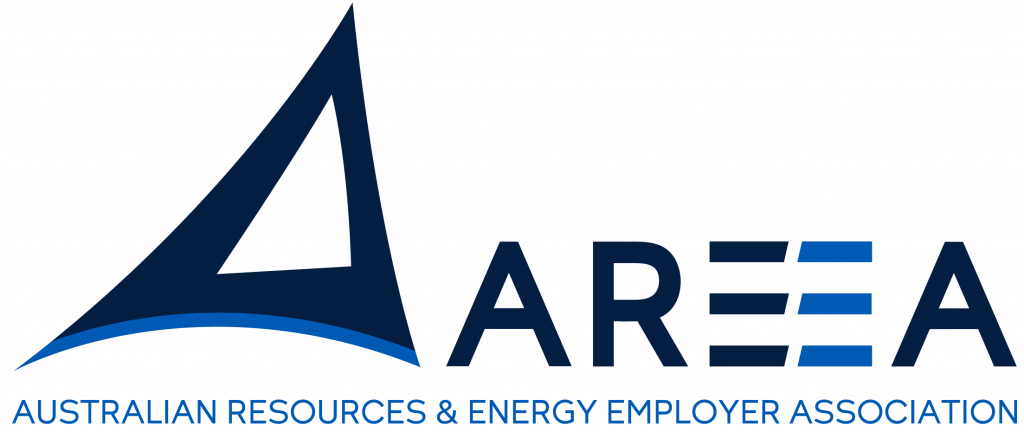OPINION, by AREEA CEO Steve Knott
In Australia, most working people under 50 haven’t experienced a recession.
In the last recession, then Federal Treasurer Paul Keating famously described it as “the recession we had to have”.
This was off the back off a resources boom in the 1980s where left wing union leaders pursued unsustainable wage increases and shorter working weeks.
Unsurprisingly, jobs went offshore and Keating – never short of a turn of phrase – said these union bosses were “wearing the jobs of 100,000 dead men around their necks”.
As Prime Minister in 1993, part of his prescription for economic recovery was industrial relations reform.

In an address to the Australian Institute of Company Directors, he said: “Let me describe the model of industrial relations we are working towards. It is a model which places primary emphasis on bargaining at the workplace level within a framework of minimum standards.”
Fast forward to 2023 and any number of economic analysts are predicting anaemic economic growth at best and a heightening risk of recession.
A recession is commonly defined as two consecutive quarters of negative economic growth.
NAB’s forecast of quarterly growth slowing to just 0.1 per cent in the back half of this year underlines the risk of economic contraction before year’s end.
Earlier this year, Deloitte Access Economics Business Outlook Report issued a similar warning: “Australia is facing the weakest rate of economic growth outside the COVID pandemic since the early 1990s.”
The material evidence is mounting. Just look at your rising electricity bills and home loan rates and the cost of your shopping basket. Little wonder Australia experienced its highest inflation in 32 years, with rates hitting 7.8 per cent in December 2022. Even the 5.6 per cent recorded at the end of May 2023 remains way above what the Reserve Bank of Australia (RBA) would like.
You can also factor in increasing migration and RBA and Treasury forecasts of higher unemployment.
So, what is the Albanese Government’s industrial relations formula for this possible recession we don’t have to have?
They have decided to return to a heavily regulated labour market, the type that prevailed in the last recession which saw a million people out of work and 11 per cent of the working population unemployed.
New IR laws for multi-employer and industry bargaining and charging the nation’s IR tribunal with setting actual wages and conditions will take some time to play out.
Making casual and contractor engagement problematic and implementing so-called same job, same pay comparisons to categorise people in different businesses ignore the enterprise and remuneration realities of modern enterprises.
The list goes on.
The real test for any government is whether their industrial relations reforms make the economy better and stronger in the future.
If additional unsustainable costs are imposed as a cost of doing business you can have all the industrial relations regulation in the world but if the economy falters, businesses don’t make money and job losses are inevitable.
A strong economy is one that employs people and the real guarantor of higher wages.
The last highly IR regulated environment was the Hawke/Keating years.
Looking back after IR de-regulation and 10 years in office, former PM John Howard said in 2006:
“There is no statistic that I am prouder of than the fact that over the last 10 years, real wages in this country have gone up 16.8 per cent.
“Under the previous government, in 13 years, they went up by 1.3 per cent.”
When Howard left office in 2007 unemployment was at similar levels to today – i.e., record lows.
Turning to the current resources boom, the recent buzz around the lucky country delivering its first surplus in 15 years largely escaped the inescapable.
Sadly, both the Albanese and Palaszczuk governments missed the opportunity on their respective budget nights to thank the mining and oil and gas industry employers and employees for their amazing efforts; for they are the ones who delivered record export volumes and record royalties and taxation revenues.
Anyone with experience in this sector knows two things are certain: commodity prices go up, and go down.
What Australia needs is thoughtful structural economic reform. For in its absence, a whole new generation will encounter the unthinkable risk of recession. As the saying goes, “only when the tide goes out do you learn who has been swimming naked.”
In 1981, New Zealand rock band Split Enz released their hit single History Never Repeats.
I hope, along with all those over 50 who have lived through double-digit unemployment and interest rates, that they are right.



